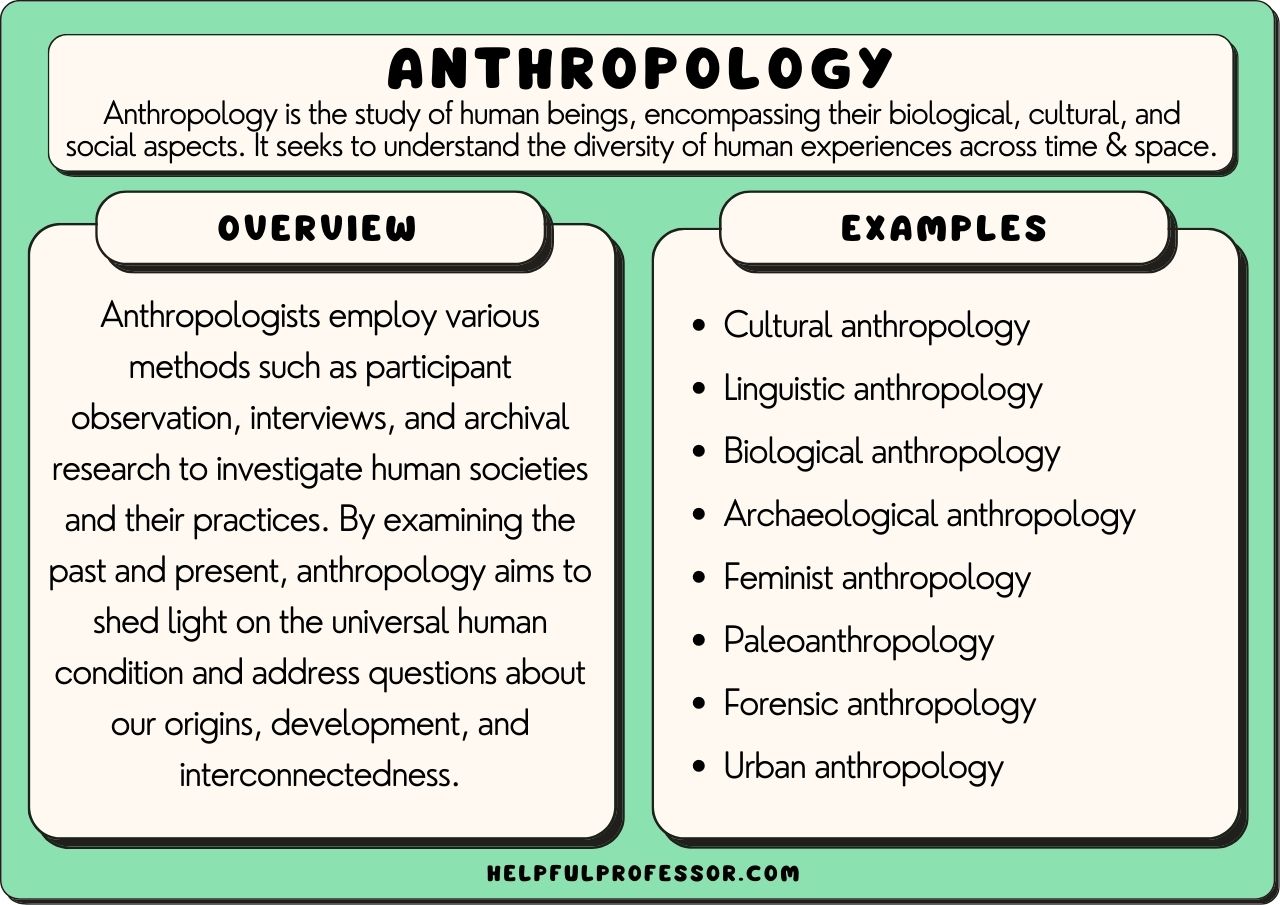Cultural anthropology, as a vibrant field of study, is deeply intertwined with the myriad cultures that pepper the globe. This discipline endeavors to delve into the complexities of human behavior, exploring the intricate patterns of social life, belief systems, and cultural practices. It offers a kaleidoscopic view of human existence, leading to a richer comprehension of not only the societies studied but also our own cultural milieu. In this treatise, we shall examine various illustrations of cultural anthropology, revealing their significance and pointing to the enduring human fascination with cultural diversity.
To commence, one cannot overlook the profound influence of rituals in different cultures. Rituals, often regarded through the lens of superstition, in fact, serve as essential components of cultural identity and continuity. For instance, the Day of the Dead (Día de los Muertos) in Mexico transcends mere commemoration of deceased loved ones. This vibrant festival illustrates the Mexican ethos of family and collective memory, enforcing the idea that death is not an end but a continuation of life through remembrance. The colorful altars, adorned with photographs, marigolds, and favorite foods of the departed, reflect a unique relationship with mortality and serve as a poignant reminder of cultural reverence towards ancestors. Such practices cultivate a profound sense of belonging and illustrate how communities traverse loss together.
Shifting our focus, consider the concept of kinship and the diverse family structures worldwide. In many Western societies, the nuclear family exemplifies the prevailing norm. Nevertheless, anthropological research reveals a tapestry of familial arrangements, such as the matriarchal societies of the Mosuo in China. Here, lineage is traced through the mother, and familial bonds are distinctly different from those typically found in patriarchal cultures. This framework allows women to exert significant influence while fostering cooperative partnerships among unrelated individuals. The study of such kinship systems challenges preconceived notions of family and probes into the functional implications of societal norms. These variations underscore the adaptability of human social structures in response to geographic, economic, and historical factors.
Moreover, the complex relationship between culture and language provides fertile ground for anthropological inquiry. Every language is a repository of cultural wisdom, reflecting the values, hierarchies, and worldview of its speakers. Take the case of the Inuit, who possess an extensive vocabulary for snow, elucidating their intimate relationship with the environment. This linguistic richness indicates not only survival skills but also a cultural affinity towards nature that shapes their identity. The anthropological examination of language, therefore, unravels layers of social significance, highlighting how linguistic diversity serves as a mirror to cultural variation.
The incarnation of globalization has introduced another dynamic facet to cultural anthropology. The clash and confluence of diverse cultural elements can be examined through practices such as the phenomenon of ‘ethnic cuisine.’ Restaurants serving ‘authentic’ ethnic flavors can often become sites of cultural negotiation. For instance, the popularity of sushi in the United States exemplifies how traditional culinary practices are adapted, commercialized, and sometimes misrepresented. Cultural anthropology scrutinizes these interactions, shedding light on how food reflects broader social dynamics, including issues of power, identity, and cultural appropriation. Such insight is crucial for understanding contemporary cultural interplay in a rapidly globalizing world.
The anthropological study of art is equally revealing, as it reflects and shapes collective identities. Art serves not only as a medium of aesthetic expression but also a conduit for social commentary. For instance, indigenous art forms often encompass narratives and histories absent from mainstream discourse. The works produced by the Aboriginal peoples of Australia employ traditional techniques, interwoven with contemporary themes, to assert cultural resilience against colonial histories. This intersection of art and identity invites a reconsideration of how visual culture perpetuates histories, challenges stereotypes, and promotes social justice.
Additionally, the examination of religious practices provides profound insights into cultural anthropology. Beyond mere belief systems, religion often manifests in intricate community dynamics. The practices of voodoo in Haiti, for example, are frequently misunderstood through Western lenses. Rather than a monolithic faith, voodoo encompasses a rich tapestry of spiritual beliefs rooted in African traditions, serving as a mode of resistance against colonial oppression while fostering community cohesion. Anthropological studies of such religions reveal their multifaceted roles in shaping individual and collective identities, as well as their responses to the socio-political landscapes in which they exist.
Lastly, the field engages with the realms of material culture—artifacts that embody the lived experiences of individuals and societies. Objects ranging from tools to textiles carry cultural narratives that transcend temporal boundaries. For example, examining the significance of pottery within Native American tribes unveils insights into their connection with nature, ancestry, and social structure. Such artifacts serve as tangible links between past and present, revealing the values and practices that have evolved through time.
In conclusion, cultural anthropology provides a crucial lens through which we can scrutinize the multifaceted nature of human societies. Each example discussed—from rituals to kinship, language, globalization, art, religion, and material culture—reveals an intricate interplay of factors that define human experience. The allure of cultural anthropology lies in its ability to foster empathy and understanding through the recognition of commonalities amidst diversity. As we survey the globe, the study of cultures not only enriches academic discourse but also bridges gaps between communities, advocating for a deeper appreciation of our shared humanity.
